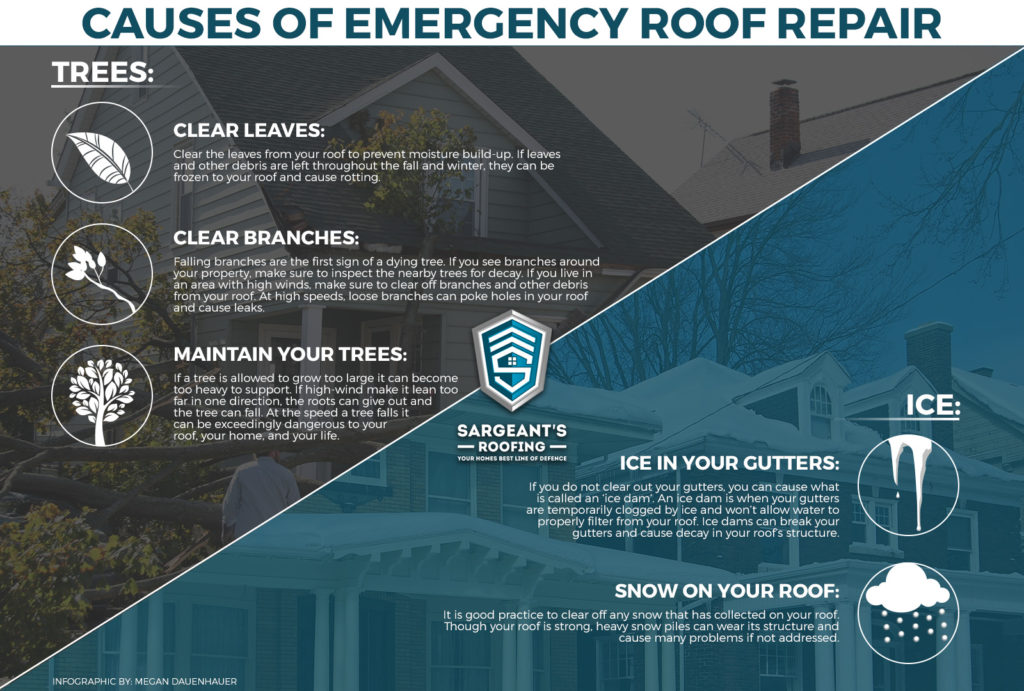Discover How Transforming Weather Patterns Can Influence Your Roofing Installation And Secure A Task That Fulfills Your Standards
Discover How Transforming Weather Patterns Can Influence Your Roofing Installation And Secure A Task That Fulfills Your Standards
Blog Article
Article Produced By-Bennett Noer
When it pertains to roof covering installations, the weather can make or damage the work. Picture the stress of handling products that will not coordinate because of extreme warm or battling unsafe surfaces brought on by unanticipated rainfall. Recognizing the impact of climate condition on your roof task is vital for an effective end result. So, let's explore just how different weather components can affect the high quality and sturdiness of your roofing setup, ensuring a job well done.
Impact of Temperature Level on Roof Covering Installation
When it pertains to roofing setup, temperature level plays an important function in the process. The optimal temperature for roof covering tasks usually falls between 45 and 85 degrees Fahrenheit. Severe heat can cause materials like roof shingles to come to be too flexible, causing potential damage throughout setup. On the other hand, cold temperatures can make products weak and susceptible to splitting. It is essential to set up roofing installations throughout moderate temperature levels to make sure the very best end result.
Throughout https://badroofingcontractors95050.dm-blog.com/29960044/trip-through-the-common-mistakes-in-roof-installment-that-home-owners-make-discover-exactly-how-to-prevent-them-and-guard-your-home-for-many-years-to-come-learn-more-listed-below , specialists might need to take additional precautions such as using heated devices or permitting products to heat up before installation.
In contrast, hot weather might need work to be done earlier or later on in the day to stay clear of the peak temperatures. By taking into consideration the temperature and its results on roofing products, you can assist guarantee a successful installment that will endure the components for years ahead.
Result of Precipitation on Roof Covering Projects
Roof tasks can be substantially affected by precipitation, impacting both the timeline and the top quality of the installation. Rain or snow can develop slippery problems, making it risky for roofing contractors to deal with a damp surface area. In addition, dampness can endanger the attachment of products like tiles or underlayment, leading to possible leakages or problems in the future.
If it rains throughout a roof covering project, the water can leak into vulnerable locations, causing delays as the installation staff need to wait on the roofing system to completely dry prior to continuing. Extreme dampness can also promote the growth of mold and mildew and mildew, more endangering the integrity of the roofing.
To stay clear of these issues, it's advised to set up roof jobs during drier periods or check the weather prediction closely to prepare about any kind of possible rainstorms. By taking precautions to work in beneficial weather conditions, you can make sure a smoother and more successful roof covering installation process.
Impact of Wind Speed on Setup Success
Throughout roofing installment, the rate of the wind plays a crucial duty in identifying the success of the task. High wind speeds can posture significant challenges to contractors, potentially resulting in security risks and quality concerns. When wind speeds exceed suggested limitations, it comes to be hard to take care of products, increasing the danger of crashes and damage to the roof covering materials. Solid gusts can likewise impact the precision of measurements and the precision required for proper installment.
To make sure an effective roofing installment, it's necessary to keep an eye on and consider wind rates. Ideally, roofing system installation should take place on days with low to moderate wind speeds. This not just boosts the safety of the employees yet also improves the total high quality of the installation.
Roof projects scheduled throughout calm weather are more likely to be completed efficiently and with fewer errors. By paying https://www.bizjournals.com/stlouis/news/2020/07/16/family-business-federic-roofing-wont-let-covid-s.html to wind rate projections and intending as necessary, you can help ensure a smooth and effective roofing system installment process.
Final thought
So, when it concerns roof covering setup, remember to take into consideration the weather to make sure a successful job. Optimum temperatures, completely dry problems, and moderate wind rates are vital aspects to focus on for a smooth installment process. By arranging your task during the very best seasons and perfect climate condition, you can accomplish a sturdy and durable roofing that will shield your home for many years to find.
